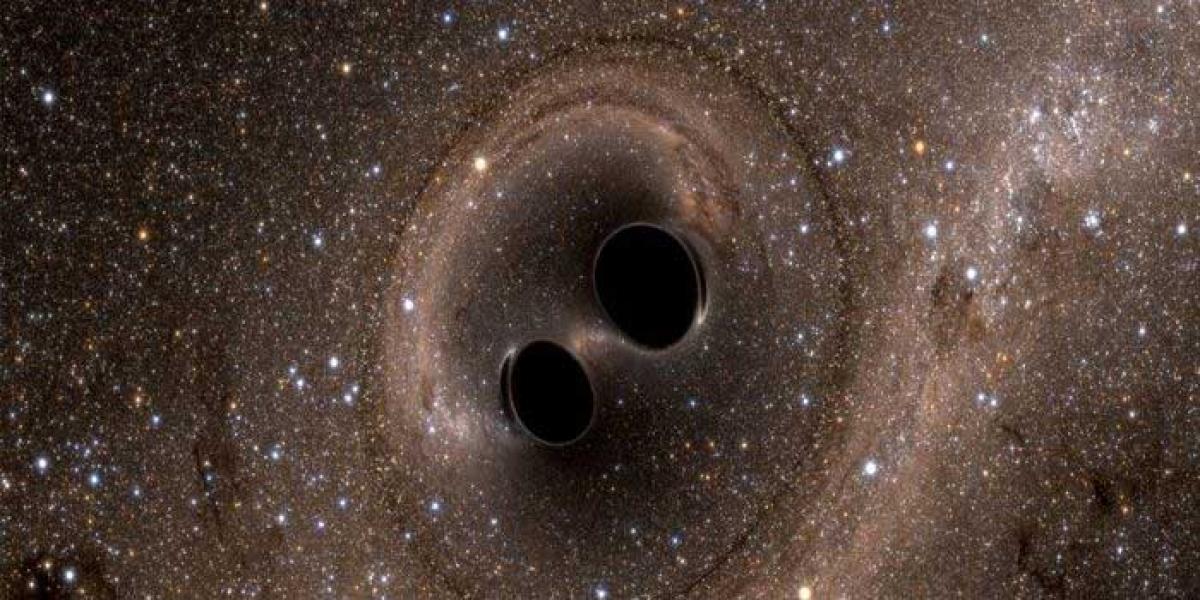Live
- Viveka’s wife questions Jagan’s move to field Avinash
- New Delhi: 88 seats in 13 states go for polling today
- YSRCP misrule will end soon in AP, says Piyush
- Hyderabad: People have no sympathy for KCR, says Revanth Reddy
- Why has BJP failed to end paper leaks in UP?
- Sonia, Rahul, Priyanka among 40 star campaigners for Congress in AP
- Ajitha gets huge welcome from people in campaign
- PM: Rajiv abolished inheritance law
- AAP brings arrest of Kejriwal into campaign song
- YSRCP Assembly nominees told to prevent cross voting









